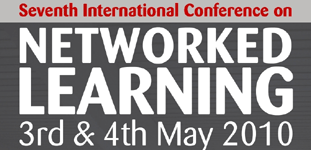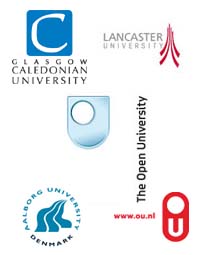

Using the lenses of socio-cultural activity theory and communities of practice to guide an empirical study
Karen Guldberg
University of Birmingham, Birmingham, United Kingdom
Abstract
This research used socio-cultural and activity theory as lenses for understanding the conditions for productive learning in a particular learning environment. The context was an online learning community in which practitioners and carers in the field of autism were undertaking a professional development qualification by distance learning. Socio cultural and activity theory guided the analysis of the learning community towards a focus on contexts and systems, providing a conceptual framework for defining and examining macro, meso and micro levels. The macro-analysis related to the socio cultural context in which learning took place and explored how the policy and practice community defined ‘best autism practice’. The meso-analysis examined how acquisition of skills and competencies were facilitated through pedagogical design and learning activity in the course. The micro-analysis focused on online group interactions in discussion forums, exploring how skills and competencies were expressed through online discussion. Furthermore, by focusing on community, rules and division of labour, the study was able to identify contradictions inherent in the community. Given that the goals of the activity system were to enable practitioners to improve their practice, the study focused on the tools that could facilitate this development. This led to detailed analysis of students’ online discourse, as expressed through archived forum discussions. It focused on learner appropriation of the discourse of the autism carer or professional and on changes in collaborative activity over time, using a combination of content and exchange structure analysis. The findings showed that the activity sets involved in creating this course built shared understanding of the task in hand. This pursuit of objectives required the participants to question, discuss and establish the concepts and objects serving the project. This heterogeneity of the diverse knowledge and competencies of their members indicated a capacity for innovation. The research demonstrated that students belonged to an overarching community of practice, with different subsets who worked at sharing and co-constructing common understandings. Once the community had become established, members were able to raise challenging questions and define further values and understandings through resolving possible areas of difference and conflict. Both the activity set that delivers the course and the activity set consisting of tutors and students were represented by different voices and perspectives and these different perspectives shaped the way that the community developed and moved forward.
| About NLC | Welcome Messages| Acknowledgwments | Conference Proceedings| Keynote Speakers| Index of Presenting Authors| Contact |